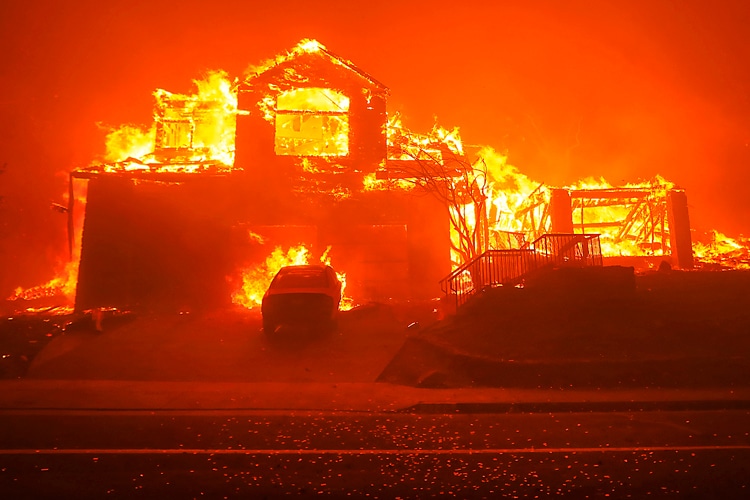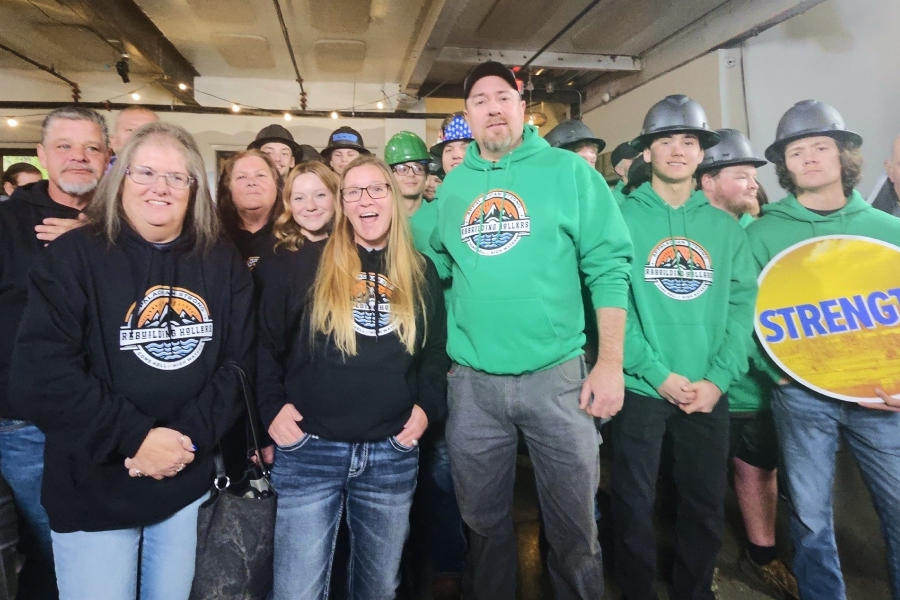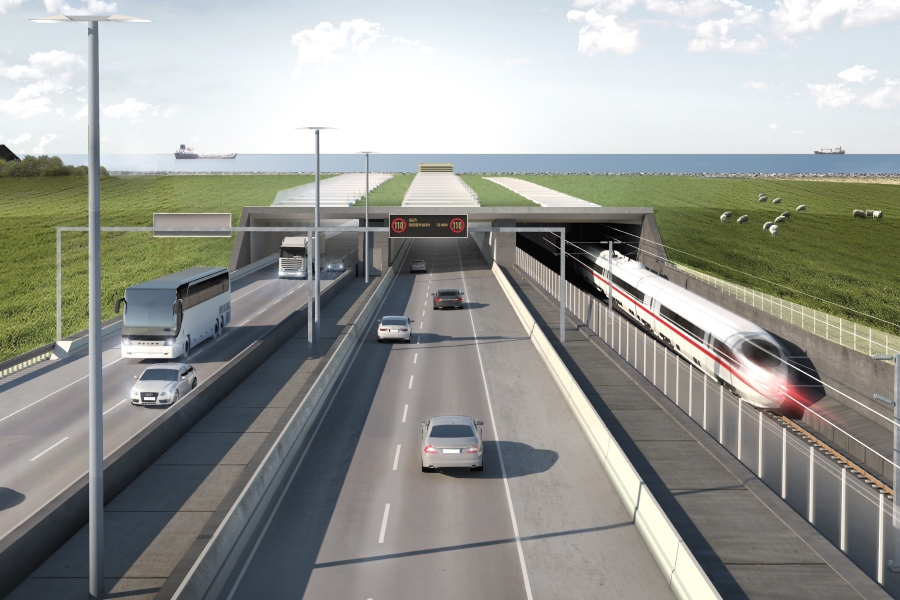Briefly
- Wildfires destroyed 6,600 homes in Sonoma County, CA in October
- Land must be cleared of toxic material before rebuilds can happen
- Builders face an increased backlog in construction projects; many are booked for months
- Technology has helped builders speed up disaster area reconstruction in the past; lesson for the future
In the aftermath of the deadliest wildfires in California history, engineers and contractors will have their hands full as they embark on a mission to rebuild at a pace and scale rarely experienced in the residential market. Nearly 9,000 structures in California were destroyed by the fires that swept through the state in October, according to the California Department of Forestry and Fire Protection. Hit particularly hard was the city of Santa Rosa in Sonoma County, which saw 4,658 homes destroyed in the metropolitan area. That equals roughly 5% of the city’s housing stock. In Sonoma County overall, 6,600 structures were destroyed, the vast majority of them houses, according to the California Department of Forestry and Fire Protection.
That’s an astonishing number of sites that will likely be rebuilt, and many builders are already facing big project backlogs because of a shortage of skilled labor.
Prepping for Rebuild
However, even before houses can be rebuilt, there’s another issue that must be dealt with: the removal of debris. That includes clearing lots of toxic ash, charred metal and burned electronic equipment before toxins and pollutants can sink into the ground, seep into the water or be carried by the wind.
The first signs of debris clearing in Santa Rosa began recently, when the Army Corps of Engineers oversaw the cleanup of a handful of homes in the Coffey Park neighborhood, which saw some of the most severe devastation. Close to 2,000 people have signed up for their homes to be part of the government cleanup effort, and authorities have already approved close to 1,000 of those applications.
Backing Up a Backlog
However, once the sites are cleared, there will be waiting. Lots of it.
Contractor Robert Youngs, who owns Youngs & Company Construction in Santa Rosa, says that while his company has been focused on remodels for the past few years, he’s gotten a lot of calls from people looking to rebuild. Calls that he’s had to pass along to other contractors who can help. Meanwhile, he says, “We’ve had a rash of calls since the fires here from people who’ve been on the fence about their remodels and realized they won’t get to it unless they get started soon,” due to the increased demand for such services. Still, Youngs has had to turn people down because he just can’t take on anymore work.
A Crisis in Skilled Workers, but Tech Can Help
Further complicating the issue is the known skills gap in the U.S., which makes it increasingly difficult for construction companies to find qualified people in trades like carpentry, masonry, roofing, plumbing and electrical. Plus, the recent flooding and hurricane damage in the Houston area and in southwestern Florida are sure to exacerbate the problem, as many construction workers and resources mobilized to those areas will now be unavailable to those hoping to rebuild in Northern California.
However, there are measures that construction companies can take to speed up their normal processes, such as adopting paperless technologies like Bluebeam® Revu® and Microsoft Azure. After flooding hit the Baton Rouge area in 2016, CORE Construction was able to work hand in hand with FEMA to process as many as 100 property inspections per day for more than 100 days, enabling more people to take advantage of federal aid in the disaster’s wake. In 2017, Santa Rosa and the surrounding communities are a perfect, if unfortunate, test case for new technologies and processes.
It will take years before Santa Rosa and the rest of Sonoma County are completely rebuilt. However, by fast-tracking technology adoption, contractors can do their part to ensure that normalcy returns to Northern California a bit sooner than projected.











